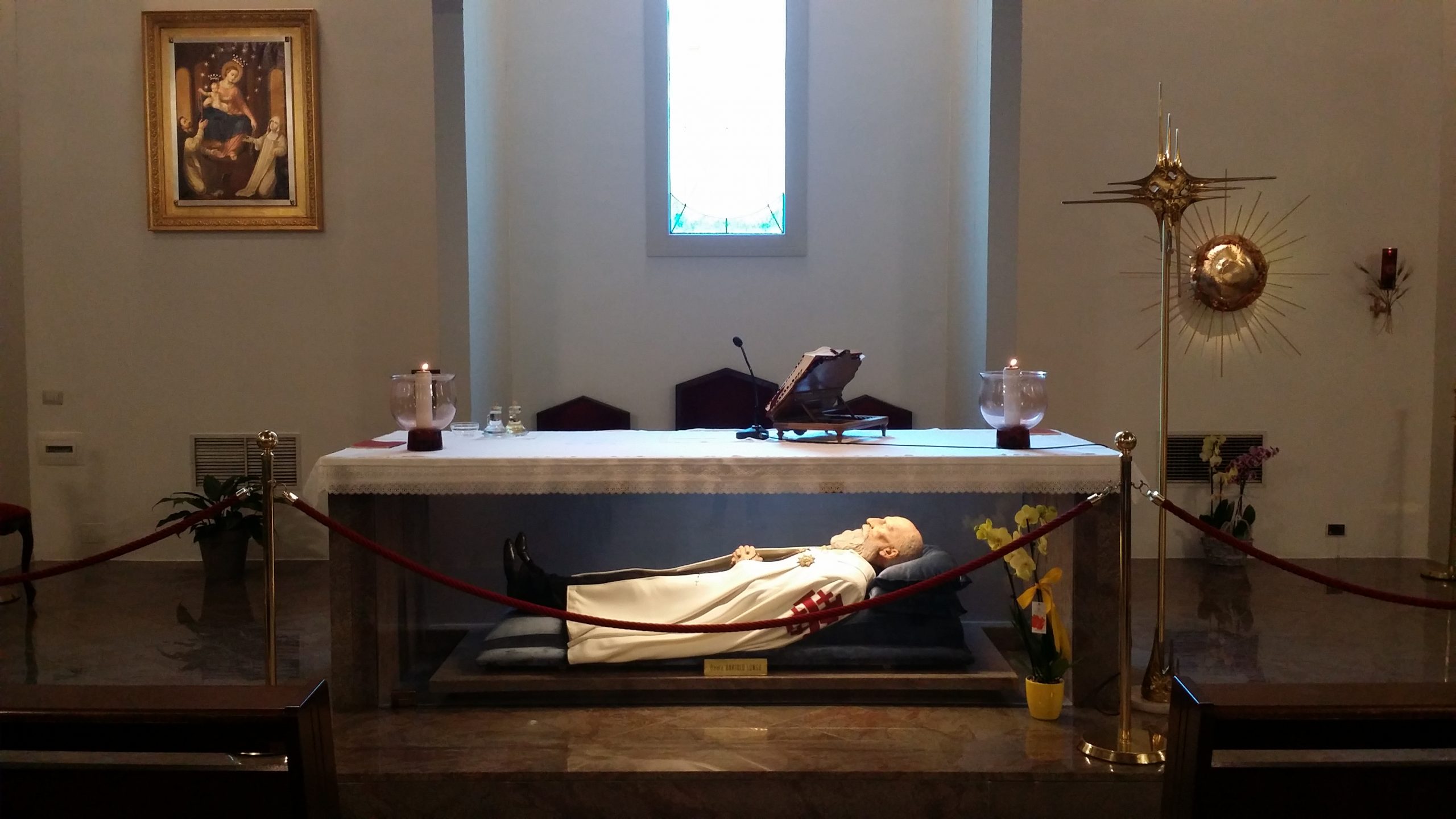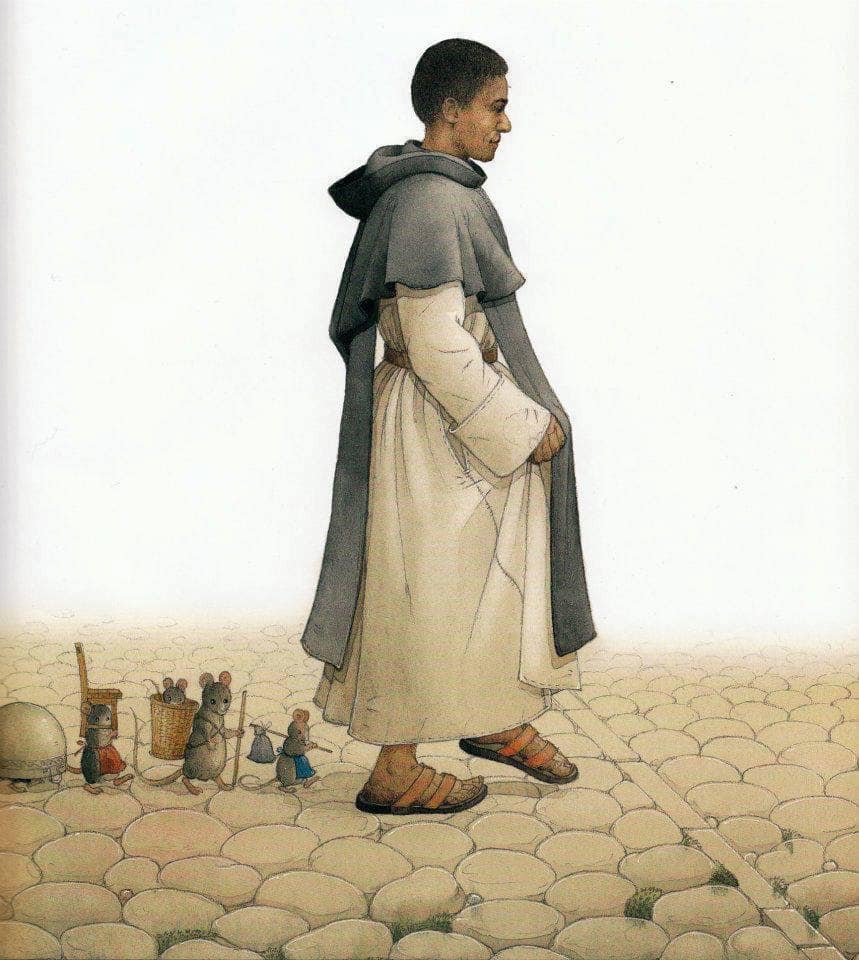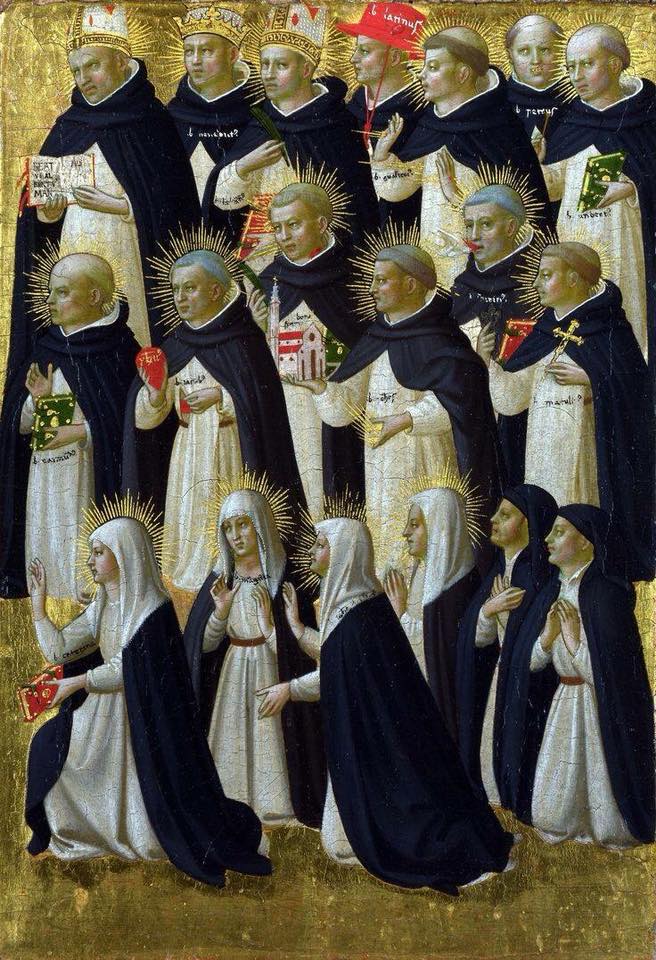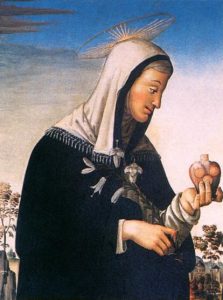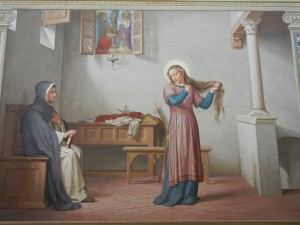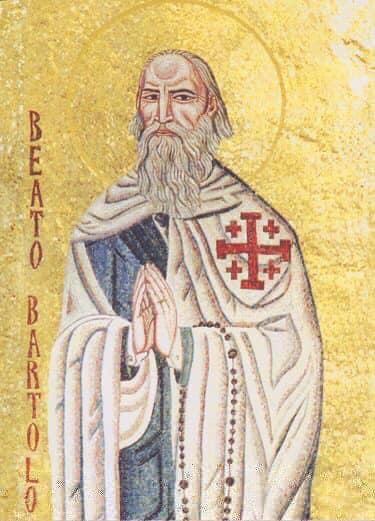
Today, 5 October, is the liturgical memorial of a former satanist priest revert Catholic and promoter of the Rosary. Today our reflection and call to deeper faith has us meditating on the life and work of Blessed Bartolo Longo (1841-1926), who according to Pope John Paul II, the “Apostle of the Rosary.” The witness of Longo is one that is personal in two ways: my baptismal parish is Our Lady of Pompeii where the Rosary has been prayed fervently for years, and in mid-October I’ll be invested in the Order of the Holy Sepulchre, a group to which Blessed Bartolo also belonged. The parish the image and relic of Blessed Bartolo hangs in quite guidance of those who pass by. While I have a strong connection with the Order of Preachers, Longo was a professed member of the Third Order Laity, now known as the Fraternity of St Dominic. The Lay Dominican vocation gave certain direction to Longo which formed his heart and mind anew dedicating himself to Truth, Beauty and Goodness.
A brief biography of Blessed Bartolo Longo can be read here.
This prayer are caught under the bondage of Satanism and the occult:
“O Blessed Rosary of Mary, sweet chain that unites us to God, bond of love that unites us to the angels, tower of salvation against the assaults of Hell, safe port in our universal shipwreck, we will never abandon you. You will be our comfort in the hour of death: yours our final kiss as life ebbs away. And the last word from our lips will be your sweet name, O Queen of the Rosary of Pompei, O dearest Mother, O Refuge of Sinners, O Sovereign Consoler of the Afflicted. May you be everywhere blessed, today and always, on earth and in heaven.”
